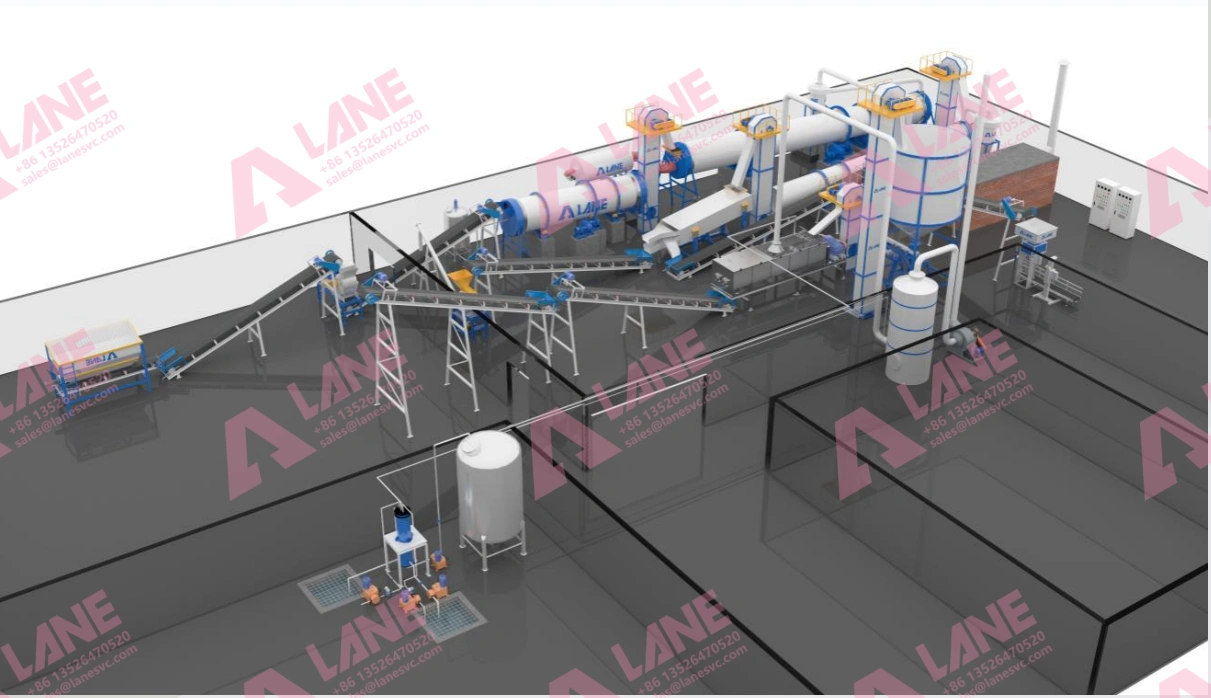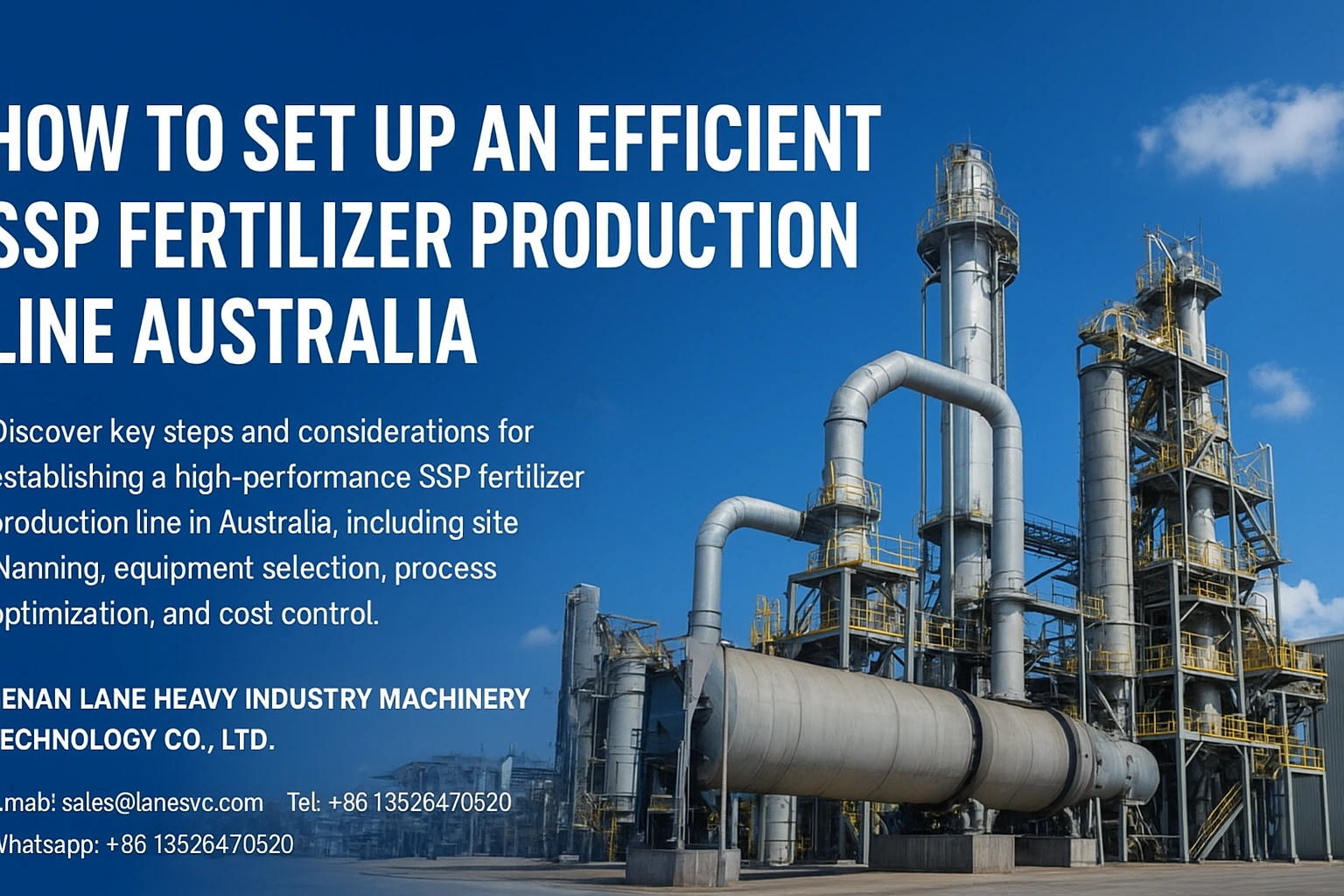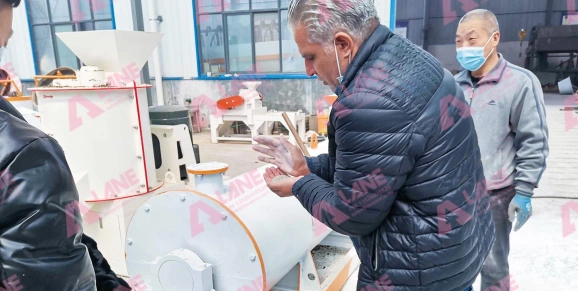How to Make SSP Fertilizer: Common Mistakes and Safety Tips to Avoid
- 2025-10-21
Introduction – Why Safety Matters in SSP Production
Understanding how to make SSP fertilizer (Single Super Phosphate) is essential for any fertilizer manufacturer or investor aiming to achieve consistent product quality and safe plant operations. The process of how to make SSP fertilizer involves reacting phosphate rock with sulfuric acid—a highly exothermic and corrosive chemical reaction. Without proper control and safety management, errors during SSP production can lead to reduced product quality, equipment damage, or even serious workplace hazards.
This article highlights the most common mistakes encountered in SSP fertilizer manufacturing and provides essential safety tips to help plant operators and investors ensure efficient, reliable, and secure production while mastering how to make SSP fertilizer effectively.
Common Mistakes in SSP Fertilizer Production
1.Improper Raw Material Ratio
One of the most frequent errors in how to make SSP fertilizer is maintaining incorrect ratios between phosphate rock and sulfuric acid.
Effect: Leads to incomplete chemical reactions, resulting in low P₂O₅ content and unstable product quality.
Solution: Use automatic dosing systems and real-time monitoring to ensure precise chemical proportions for optimal SSP output.
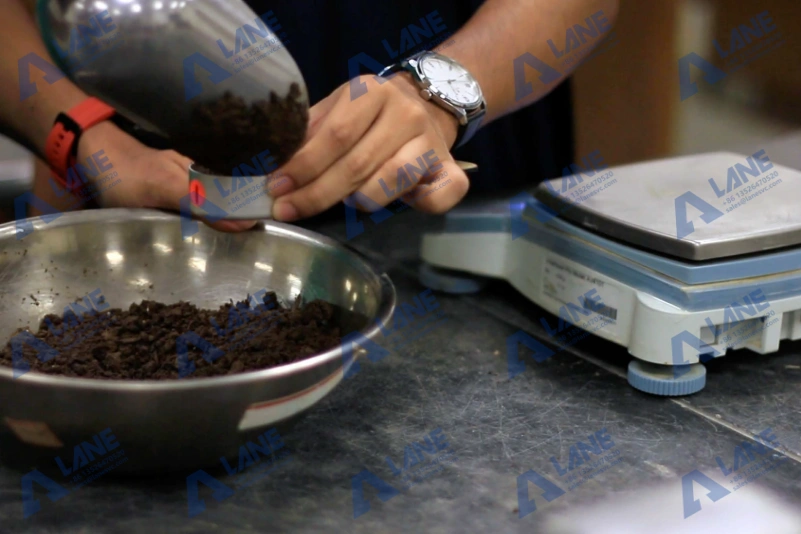
2.Poor Mixing or Reaction Control
Uncontrolled mixing speeds or inconsistent reaction temperatures can cause slurry segregation and uneven acid distribution.
Effect: Produces uneven granules, excessive moisture, and inefficient acid utilization.
Solution: Employ high-efficiency SSP reactors and automated temperature control to maintain uniform reaction conditions.
3.Inadequate Curing Time
Curing allows the chemical reaction in how to make SSP fertilizer to complete and the product to stabilize. Many plants rush this step to increase production speed.
Effect: Leads to unstable granules with residual acidity, reducing product shelf life and usability.
Solution: Ensure sufficient curing time (typically 2–3 weeks) under stable temperature and humidity conditions.
4.Over-Drying or Insufficient Cooling
Excessive drying temperatures or poor cooling systems can negatively affect the final product.
Effect: Causes granule cracking, dust formation, or unwanted clumping during storage.
Solution: Use automated dryers and multi-stage cooling systems to control temperature and maintain ideal granule strength.
5.Poor Dust and Gas Handling
Neglecting gas scrubbing or dust removal systems is a common safety and environmental mistake in how to make SSP fertilizer plants.
Effect: Emission of acidic gases, equipment corrosion, and worker exposure to harmful fumes.
Solution: Install bag filters, scrubbers, and acid mist absorbers to ensure a safe and clean working environment.
Essential Safety Tips When Making SSP Fertilizer
Ensuring safety in SSP fertilizer production is crucial due to the highly corrosive and exothermic reaction between phosphate rock and sulfuric acid. To safely manage these processes, operators must use acid-resistant materials like stainless steel or polypropylene-lined reactors that prevent corrosion and leakage. Proper ventilation systems and emergency shutdown mechanisms are essential to control toxic gas emissions and reduce the risk of accidents. Workers should always wear protective gear—including gloves, goggles, and masks—to guard against acid splashes and harmful fumes. Regular inspection and maintenance of acid tanks, pumps, and pipelines help detect corrosion early and prevent costly downtime or environmental contamination.
Beyond compliance, safety represents a company’s commitment to long-term efficiency and brand reputation. By following ISO 45001 occupational health and safety standards, manufacturers not only protect their workforce but also improve operational reliability and customer trust. Investing in safe design, automated systems, and continuous training minimizes risks, enhances product consistency, and demonstrates professionalism in modern fertilizer production. In the SSP industry, safety is not a cost—it’s a competitive advantage.
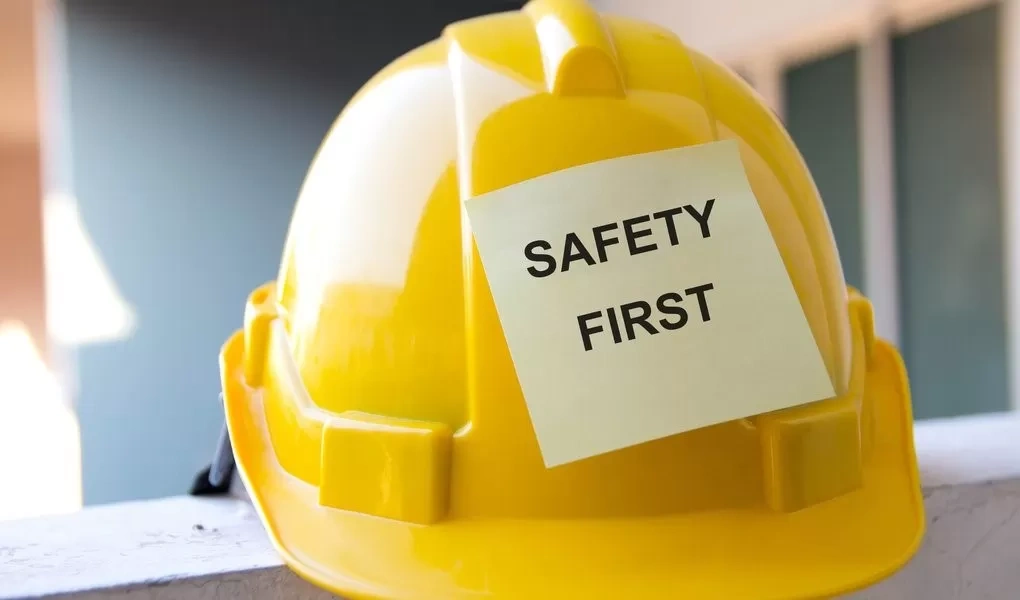
Equipment Upgrades to Prevent Production Errors
Understanding how to make SSP fertilizer efficiently starts with investing in the right equipment. Modern SSP production lines rely on advanced systems such as PLC-controlled mixers, automated granulators, and energy-efficient dryers to maintain stable reaction conditions and consistent product quality. These technologies help operators precisely control acid flow, reaction time, and curing temperature—key factors in producing high-grade SSP fertilizer. Upgrading to intelligent, automated machinery not only streamlines the entire process of how to make SSP fertilizer but also minimizes human error, improves safety, and reduces maintenance costs.
At LANE Heavy Industry, our SSP equipment is designed specifically for plants aiming to optimize both performance and sustainability. The machines feature anti-corrosion designs for long-term durability, high automation for smart process control, and systems that reduce acid waste and energy consumption. Whether for small-scale setups or full industrial plants, LANE offers customizable solutions that help manufacturers master how to make SSP fertilizer safely and profitably. Choosing reliable machinery is not just about boosting productivity—it’s about ensuring sustainable growth, operational stability, and long-term success in fertilizer production.
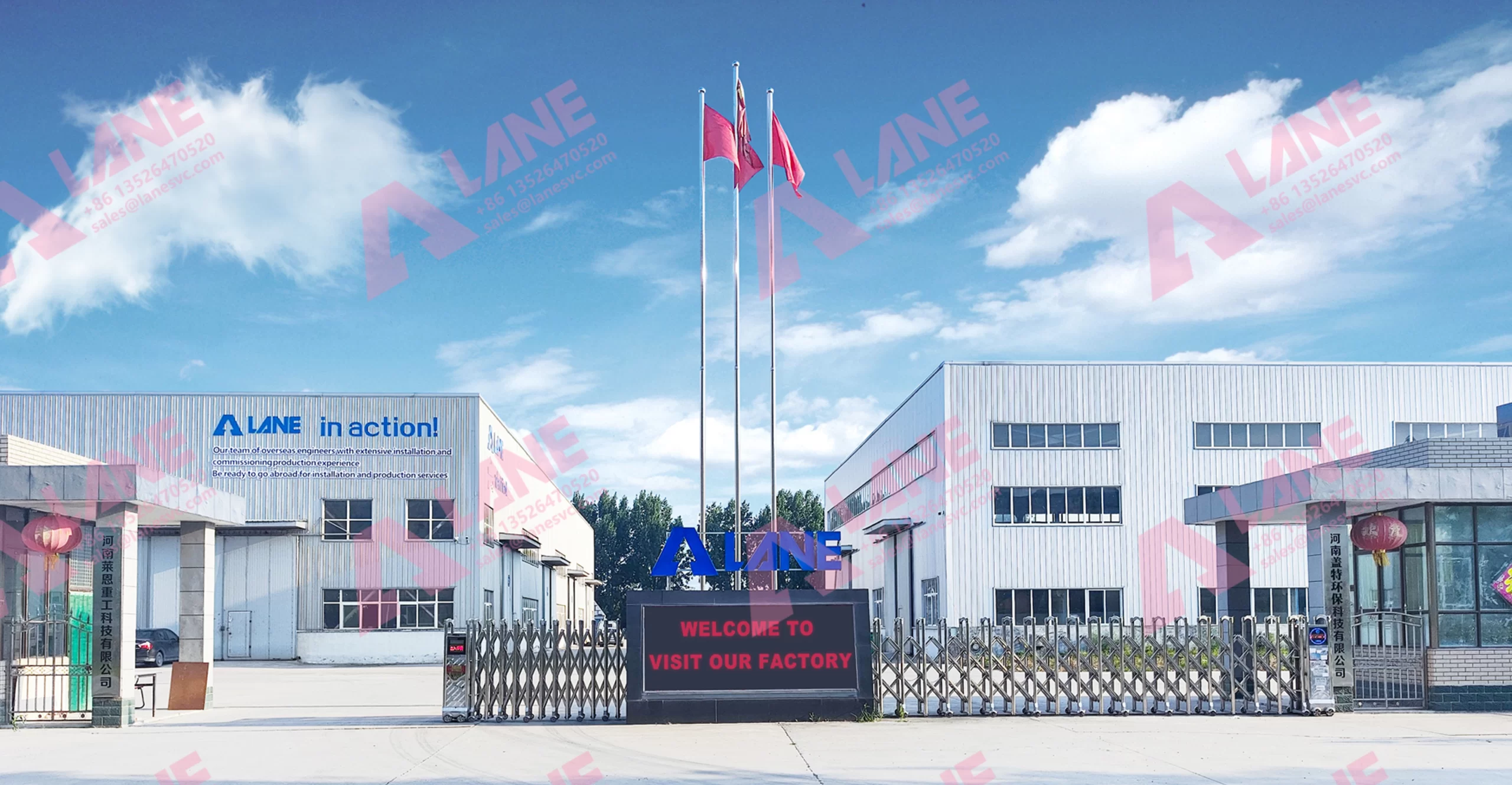
Conclusion – Making SSP Fertilizer Safely and Efficiently
Knowing how to make SSP fertilizer correctly goes far beyond mastering the chemical reaction—it requires a deep understanding of raw material quality, precise equipment control, and strict adherence to industrial safety standards. Each stage of production, from phosphate rock preparation to drying and packaging, must be carefully managed to ensure product stability and nutrient consistency. By avoiding common operational mistakes and implementing modern safety systems, manufacturers can maintain high production efficiency, protect their workforce, and strengthen their brand’s reputation in the competitive fertilizer market.
For investors and plant operators seeking reliable results, LANE Heavy Industry provides comprehensive SSP production line solutions—from advanced equipment manufacturing to professional plant layout and automation integration. With our corrosion-resistant technology, intelligent process control, and commitment to sustainable development, LANE stands as a trusted global partner helping you achieve safer, cleaner, and more profitable fertilizer production.
For more details, please feel free to contact us.
Henan Lane Heavy Industry Machinery Technology Co., Ltd.
Email: sales@lanesvc.com
Contact number: +86 13526470520
Whatsapp: +86 13526470520


